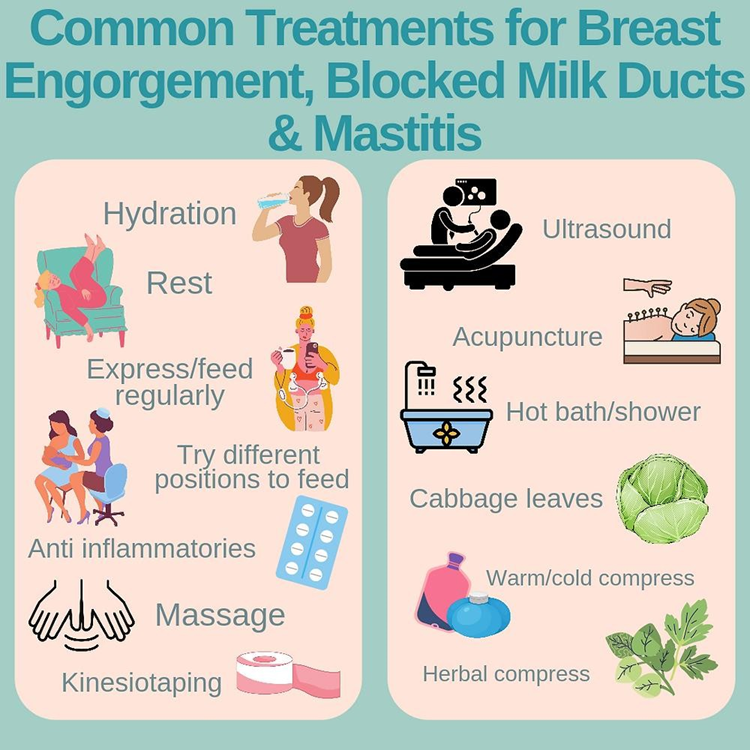A nurse is caring for a client who is 7 days postpartum and calls the clinic to report pain and redness of her left calf. Besides seeing her provider, which of the following interventions should the nurse suggest?
Apply cold compresses.
Massage the area.
Elevate her leg.
Flex her knee while resting.
The Correct Answer is C
A. Applying cold compresses is not indicated for pain and redness of the calf, which may
indicate deep vein thrombosis (DVT). Cold therapy is not recommended as it can worsen the condition.
B. Massaging the area is contraindicated in suspected DVT as it can dislodge a clot and lead to complications such as pulmonary embolism.
C. Elevating her leg helps to reduce swelling and improve venous return, which can alleviate symptoms of DVT and prevent further complications.
D. Flexing her knee while resting is not specifically indicated for the management of suspected DVT and may not address the underlying cause of pain and redness in the calf.
Nursing Test Bank
Naxlex Comprehensive Predictor Exams
Related Questions
Correct Answer is B
Explanation
A. Covering the cord with the diaper can increase moisture around the stump, leading to delayed cord separation and potential infection.
B. Giving a sponge bath until the cord stump falls off helps to keep the area clean and dry, reducing the risk of infection.
C. Washing the cord daily with mild soap and water is not recommended as it can increase the risk of infection and delay cord separation.
D. Applying petroleum jelly to the cord stump is not recommended as it can trap moisture and increase the risk of infection.
Correct Answer is B
Explanation
A. Applying ice packs to the breasts after feeding can help reduce swelling and discomfort associated with breast engorgement.
B. Applying hot packs to the breasts during feeding can increase blood flow and exacerbate engorgement. Heat can worsen inflammation and discomfort in the breasts.
C. Crushed cabbage leaves can be applied to the breasts between feedings to help reduce swelling and discomfort associated with engorgement.
D. Breastfeeding every 2 hours helps to ensure frequent emptying of the breasts, which can help alleviate engorgement.

Whether you are a student looking to ace your exams or a practicing nurse seeking to enhance your expertise , our nursing education contents will empower you with the confidence and competence to make a difference in the lives of patients and become a respected leader in the healthcare field.
Visit Naxlex, invest in your future and unlock endless possibilities with our unparalleled nursing education contents today
Report Wrong Answer on the Current Question
Do you disagree with the answer? If yes, what is your expected answer? Explain.
Kindly be descriptive with the issue you are facing.
